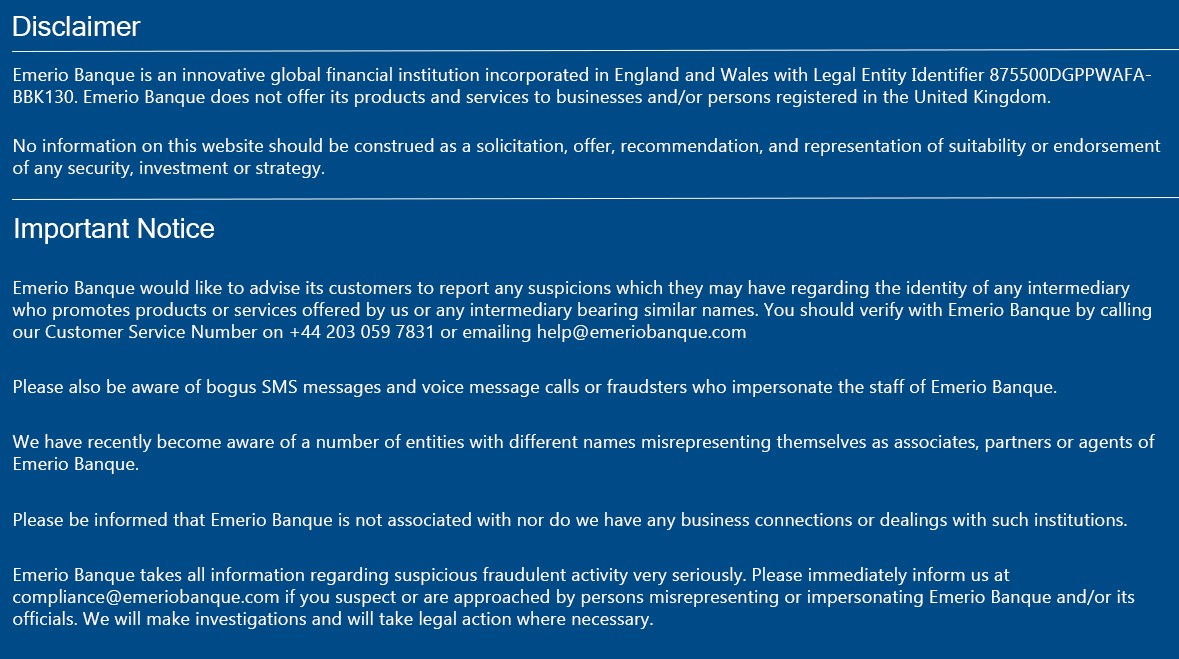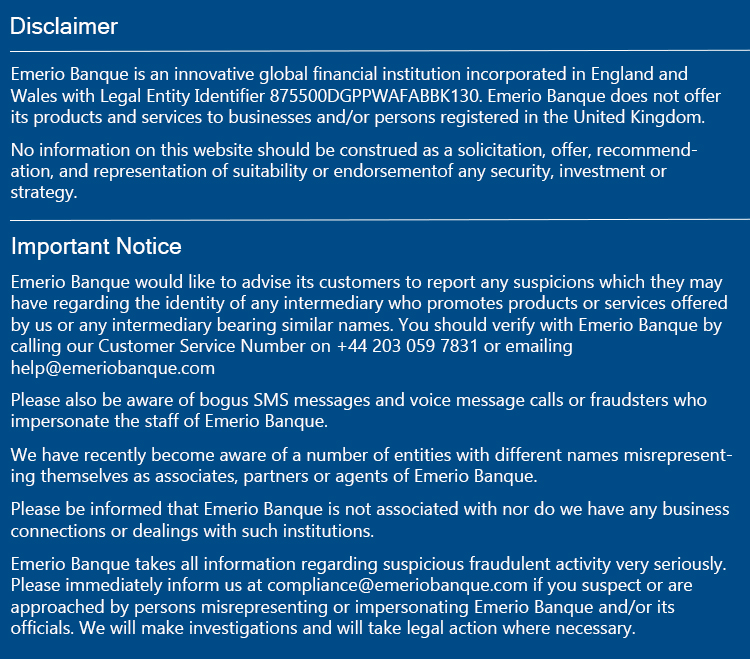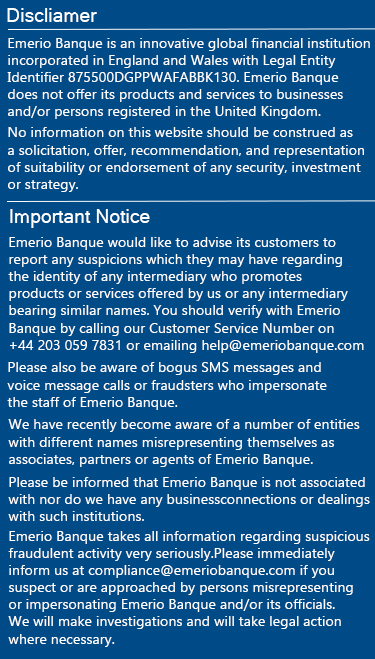Why FinTech Won’t Be Enough To Tackle The Trade Finance Gap
The trade finance scenario has not been that promising off late. As per the ADB, there is a trade finance gap of 1.5 trillion dollars. This is a pressing issue that has affected the state of global traders head-on.
When there is a problem in the trade finance world, it opens the gate for new forms of trade finance service providers. In comes the FinTech players, who have a clear mindset to convert crises into a thriving opportunity.
We are in a phase where the conventional banking firms are somewhat hesitant to provide funds. Or let us put it this way: the trader today finds it more difficult to comply with stricter bank norms to get a trade loan sanctioned. Also, not to forget, this is a time-consuming process. In most cases, the legacy system rules out the chances of traders to avail funds.
So, with conventional banking institutions almost out of the picture, it is the Fintech companies that are coming in with full force to bring some respite.
The Fintech solutions, to bridge the trade finance gap, are governed by next-gen technologies, like open banking powered APIs to the blockchain elements. These technology-led solutions directly acts on the pain to improve the flow of finances or cash between B2B traders through a fintech intermediary.
The fintech solutions aim to achieve the digitalization of the trade finance process. This process spans right from the paperwork to providing visibility to the traders to just doing everything that it can to speed up the transaction process.
But the problem runs very deep; it is not the digitization of processes that can save the day. Various other entities in the global trade process need to be addressed.
For instance, we cannot discount the fact that default in payment is something that will always be there to haunt traders. In such cases, having a recovery or an insolvency specialist in the scheme of things makes the transaction process secured. So, until the digitalization approach taken up by fintech involves other players sitting at the periphery, the efforts applied to plug the gap in trade finance would be futile.
According to George Lee, chief operating officer of CCRManager, the digitalization factor is limited to small pockets. On the contrary, the trade finance wave is interwoven and connected.
So, the global efforts have to successfully integrate these small pockets of digitization to the vast landscape of the interconnected and interdependent global trade landscape. If this integration is not achieved, the digitalization would be just a valiant effort to restore the trade finance order, but the results would not meet the expectations.
Few changes are being incorporated with the announcement of ICC’s Digital Trade Standards Initiative. However, the challenges do not seem to end soon as the COVID 19 attracts a host of new issues that demands swift movement to scale operations.
Thus, it seems that the efforts of Fintech companies are not just potent enough, as of now, to tackle the trade finance gap.
Other news
-
18.11.2020
US, China, And EU To Restructure Post Pandemic World Economy: Says Moody’s Analysis
-
17.11.2020
ADB And Seabank Partnered to Expand Trade Finance in Vietnam
-
10.11.2020
ITC Launch Trade Finance Guide For SME Importers And Exporters
-
06.11.2020
African Trade Finance Banks Urge MDBs To Take On Greater Levels Of Risk
-
04.11.2020
Russian Alfa-Bank Is The First Bank To Sign Contour International Trade Finance Network
-
02.11.2020
BIS Innovation Hub And The Hong Kong Monetary Authority Announce Techchallenge Winners
-
30.10.2020
Wipro To Buy Chennai Firm Encore Theme
-
28.10.2020
Report on Trade Finance Market - Global Market Key Players 2020 – Citigroup, BNP Paribas, ICBC, China Exim Bank - Analysis and Forecast to 2026
-
26.10.2020
ICICI Customers Can Now Execute Trade Finance Services Via Whatsapp
-
16.10.2020
Singapore Authorities Take A Major Step On Trade Finance Fraud By Eliminating Paper-based Transactions
Exchange Rates
- 21.11.2020
- Find out more



